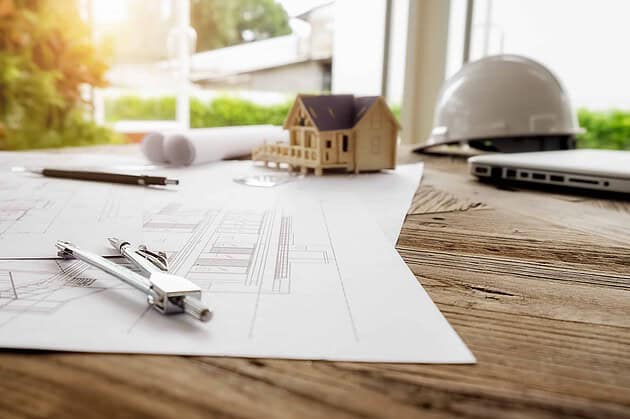
Credit: mindandi via Freepik
The structural aspect of a home insurance claim is likely the biggest expenditure homeowners face. Whether the damage was caused by fire, hail, weather events, or overland flooding, there are several common issues that homeowners tend to face when they’re dealing with their insurance company.
If you’re encountering problems with your insurance company, it pays to have someone who understands how insurers operate and how to negotiate with them. Virani Law helps homeowners not just with the value of your insurance claim, but they can also communicate with the insurance company for you and make sure things are done the way you want them.
These are five of the most common issues that come up with structural insurance claims.
1.Disagreements Over Appraisals
One of the most frequent complications is when the homeowner disagrees with the appraisal of their home and the cost of the repairs that need to be made. The insurance company will send a claims adjuster to your home to create a Scope of Work. The adjuster may hire a contractor or engineer to identify what works need to happen. Then the Scope of Work is bid on by the insurer’s contractors.
The process often leads to homeowners feeling that the costs have been underestimated, and a shortfall could easily leave them paying for more out of their own pockets.
2.Homeowner’s Responsibility to Protect the Property
Homeowners also have a responsibility to prevent further damage to their property after a loss. After a loss, property becomes especially vulnerable to looting, squatting, and further damage caused by the elements.
The homeowners will have to make sure that a contractor tarps over the roof, boards up the windows, and padlocks the doors to prevent further damage.
3.Unreported Home Value Changes
When homeowners renovate, they update the building materials in their homes and raise the value. If they haven’t informed their insurer about any upgrades they’ve made, those renovations won’t be covered by the insurance claim.
Homeowners have to approach their insurer about renovations to find out when to upgrade their coverage and how much more coverage they need.
4.Choosing a Contractor
Much of the time, the insurer will accept bids on the repair work from several preferred contractors that the company works with regularly. They usually accept the lowest bid and hire that contractor to do the work.
But homeowners may want to work with their own contractor instead. Homeowners may be able to negotiate to hire their own contractor, but the insurer will only pay out an amount equal to the lowest bid made by their preferred contractors. This can leave homeowners paying out of pocket for higher renovation costs.
5.Building Costs
Significant changes in building costs, such as labor or materials, can suddenly leave homeowners underinsured through no fault of their own. Rapid rises in material costs won’t necessarily be covered by the insurance company unless the homeowner has a policy with Guaranteed Replacement Cost coverage. Building costs can rise even in very local contexts, especially after natural disasters.














